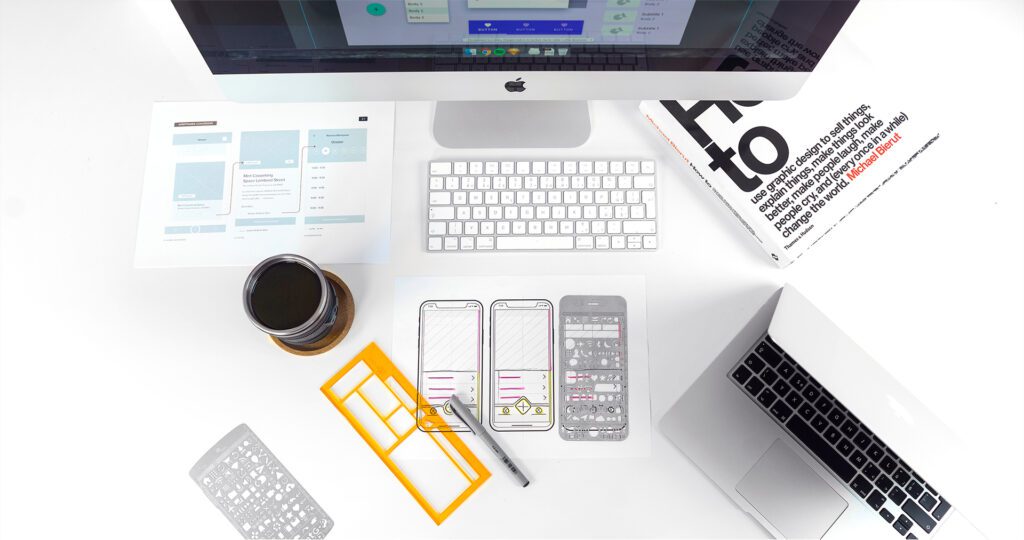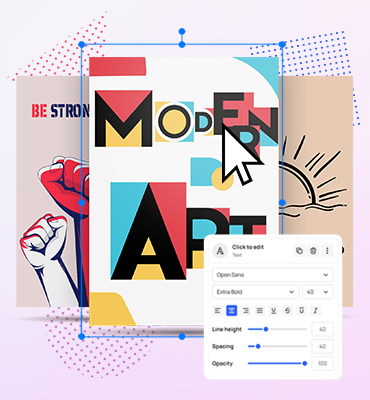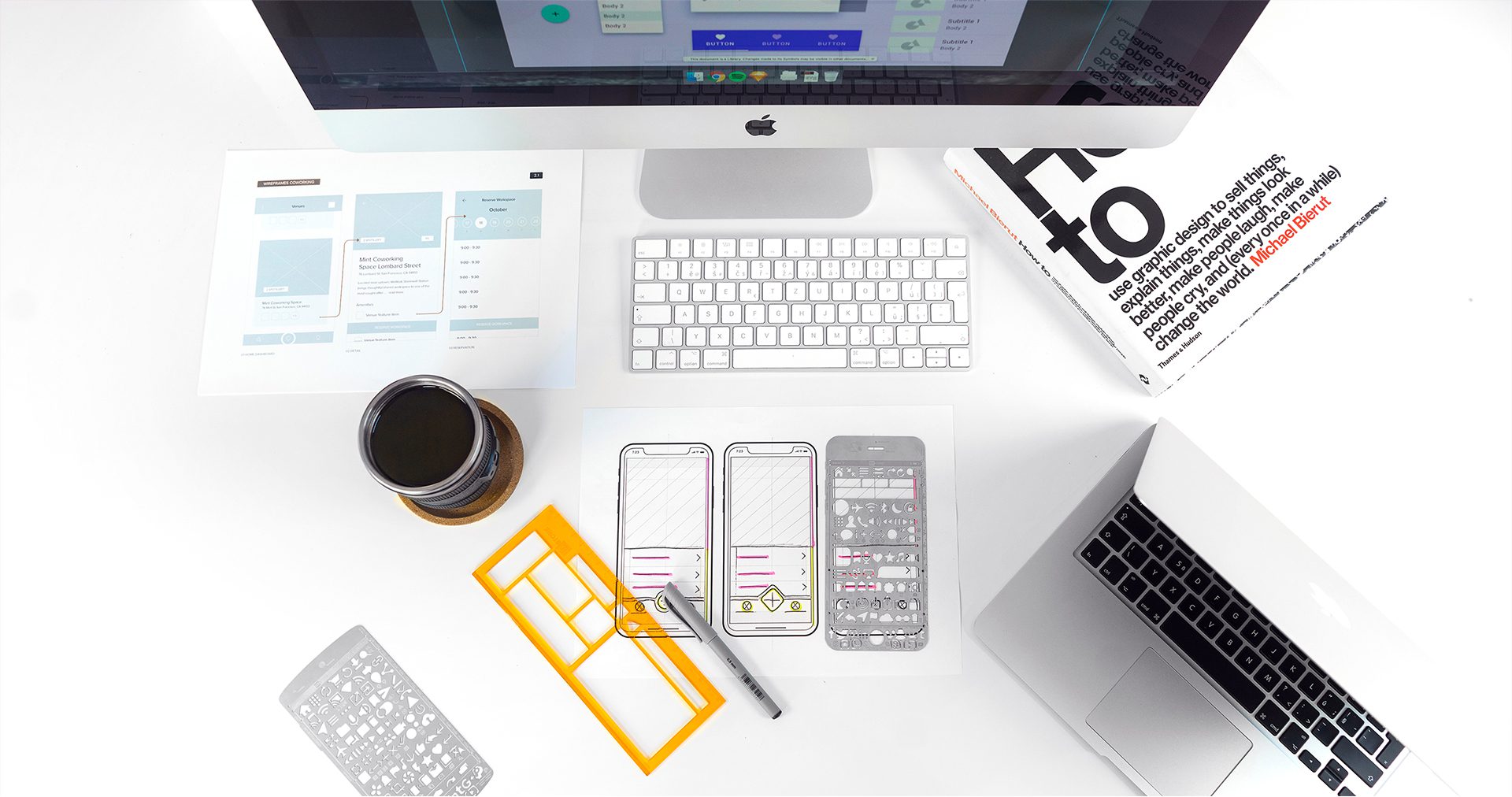UX vs UI: Key Differences Every Designer Should Know About

Web design looks like a pretty straightforward process to the average outsider – you create a brand new product by combining elements such as colors and typography.
It’s a typical viewpoint among amateurs, but it is also a huge oversimplification that doesn’t take into account the sheer complexity of web design.
But there is one thing that makes even professional designers confused and that is to make a clear distinction between user experience (UX) and user interface (UI).
The majority of web designers use the two terms interchangeably despite the fact that they represent different concepts. It’s a serious blunder that separates the best industry professionals from their less successful colleagues, so you should definitely learn how to recognize UX and UI practices when you see them.
In this post, we will explain to you the concepts of UX and UI and point out the key differences every designer should be aware of. Let’s begin!
UX and UI Explained
Before we can compare and analyze UX and UI, we need to define both terms and acknowledge their main features. We will begin with UX.
By definition, UX refers to the feeling users experience when using a product, application, system, or service. Designers who take care of UX always try to develop a product that is simple to use, easily navigable, highly intuitive, and free from unnecessary content or functions.
UX is what separates good and bad design products. In such circumstances, it’s not a surprise to learn that every $1 invested in UX results in a return of $100. At the same time, 8 in 10 customers are willing to pay more for a better customer experience.
The real question is: How can I improve UX? It depends on the type of product you are developing, but the general rule of thumb is to think about the average customer’s point of view and eliminate every element that can jeopardize the overall experience while using the product.
Now let’s take a look at the other side of the story and learn the key features of UI.
According to the definition, UI encompasses every visual element a user might interact with on a technological device, including personal computers, mobile apps, and websites. Unlike UX, UI is all about the functioning of a given product as it helps users control something simply, quickly, and easily.
One study shows that a great UI design can boost your website’s conversion rate by 200%. On the other hand, 90% of users say they stopped using an app due to poor performance. UI is focused on visual details primarily because that’s what people use to interact with the digital content.
Jake Gardner, an assignment help expert who writes college paper reviews, gives us an excellent example: “When it comes to UI, it is crucial to design visually appealing CTA buttons that are easy to discover and click. The same goes for icons and other interactive elements of a digital product.”
We should also mention that it’s necessary to align UI with a company’s branding strategy because it adds to the general understanding of the brand and helps loyal users figure out new products quickly.
4 Details That Separate UX and UI
A brief introduction probably helped you realize the differences between UX and UI already, but we still need to delve deeper into the subject and highlight details that separate the two design approaches. It will give you a better understanding of each concept and make it easier to recognize good and bad UX/UI practices. Here are four important differences:
- UX takes care of users’ feelings, while UI concentrates on the quality of interactions
As we already mentioned, UI activates every time you design interactive elements or simply analyze the overall intuitiveness of a given product. The point is to make a product with a short learning curve and enable even beginner-level clients to use it easily.
This makes UX a much more complicated concept because it pays special attention to users’ feelings. It takes a genuine UX expert to understand users’ emotions and reactions before the actual release of a product.
- UI is creative, but UX is data-driven
As a much narrower design function, UI doesn’t rely on research as much as UX. A good UI designer is always a creative individual who knows how to combine visuals in an eye-pleasing way.
On the other side, UX focuses on research and data analytics to figure out users’ interests, expectations, and preferences. That way, UX designers can craft products that don’t make users bored, annoyed, or disappointed.
- UI applies to digital products, while UX extends well beyond that
Another important distinction between UI and UX is that the former applies to digital products only, while UX goes well beyond that to cover physical products, files, and documents. After all, users form impressions and accumulate experiences both on and offline.
- UI steps in after UX
Finally, it is important to say that UX serves a bigger purpose than UI. We are talking about audience research and problem-solving that gives precious inputs and then leads to the actual creation of a digital product. In other words, UI design cannot take place before the UX part of the work is done.
The Bottom Line
If you can’t tell the difference between UX and UI, you should not call yourself a professional web designer. Although the two concepts appear to be the same at first, they actually represent different design narratives with highly specific features and functions.
In this article, we defined UX and UI and pointed out the most important differences every designer should be aware of.
Have you ever thought about UX and UI this way? Can you identify other differences between these two web design principles? Share your thoughts in the comments as it would be a valuable addition to our knowledge base!
AUTHOR BIO
Michael Gorman is an essay writer at the college essay writing service. Apart from working for the best essay writing service, Michael is also a blogger who analyzes topics such as web design, digital marketing, and brand building. He is the father of two kids and a passionate long-distance runner.
Related articles
Visualize your design Use a product mockup to showcase your design


Create your design Use our templates to create delightful designs for any medium


